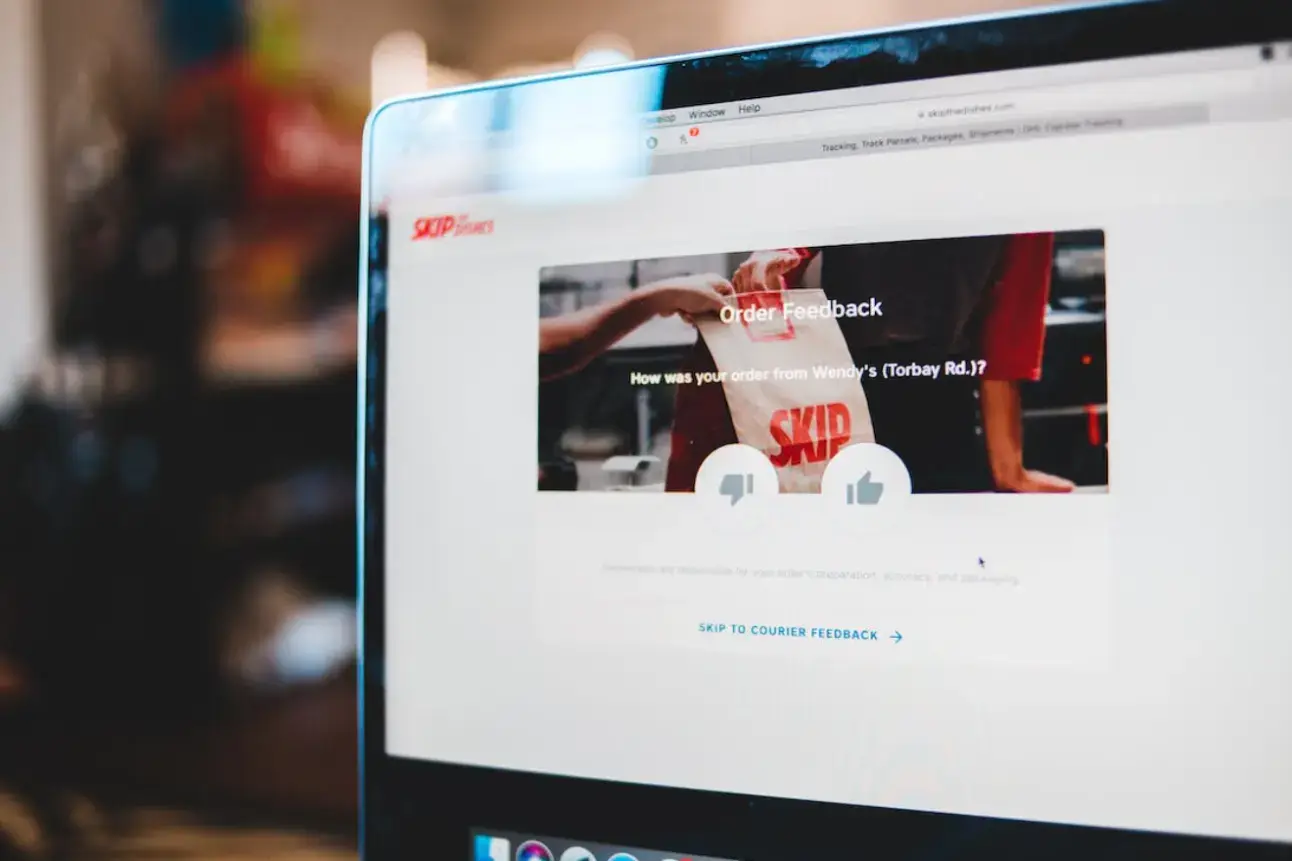Loyal customers drive business success. That means customer retention is a big goal for companies. Creating happy, loyal, repeat customers is the key to business growth.
But customers don’t always stay. For numerous reasons, customers churn, abandoning brands after a single purchase or even after years of loyalty.
So what are the options? Do you constantly seek out new customers to replace those you've lost? Or is there some way to win customers back?
That’s where customer re-engagement and customer reactivation come in.
In this article:
- Why is Customer Re-Engagement So Important?
- How Can You Re-Engage Customers?
- Why You Need Customer Re-Engagement
In this article, we’ll define customer re-engagement, discuss its importance, and outline strategies you can use to grow your brand.
What is Customer Re-Engagement?
Customer re-engagement is the process of bringing lapsed customers back to your brand.
These customers might:
- Make one purchase and never purchase again
- Make multiple regular purchases and stop purchasing entirely
- Stop using your app
- Uninstall your app or software
- Downgrade tiers in your app or software
- Never call your customer support line
Customer re-engagement strategies focus on understanding who churns, why they churn, and how to win them back.

Source: Unsplash
Why is Customer Re-Engagement So Important?
No matter which sales engagement methods you use, generating leads and securing new clients is time-consuming and costly.
On top of that, many customers drop off after one purchase or initial interaction.
This means a lot of effort goes into engaging customers who don’t stick around. Customer re-engagement helps solve this problem. The benefits include:
- It’s easier to upsell or cross-sell to existing customers
- Onboarding new customers is more expensive than retaining existing ones
- Customer loyalty is a sustainable business growth strategy
- Loyal customers become brand advocates, spreading positive word-of-mouth
Effective re-engagement not only retrieves lost customers but also revitalizes relationships, strengthening customer engagement and loyalty.

Source: Pexels
How Can You Re-Engage Customers?
Customer re-engagement is a process that requires a strategy involving data collection, analysis, and targeted outreach.
Understand What Leads to Churn
The first step is understanding why customers churn:
- Price increases
- Leaving for a competitor
- Relocation
- Onboarding issues with apps or software
- Technical glitches
- Poor customer service
- Complicated shopping experiences
- Brand behavior that turns customers off
- Some churn is inevitable regardless of product quality or pricing
Each business faces unique causes of churn. Identifying them helps tailor your approach.

Source: Pexels
Get Some Data
Data is key to understanding and fixing customer issues. It reveals where customers lapse, why, and how to re-engage them.
Ask for Feedback
The easiest way to gather insights is to ask simply. Surveys and focus groups are direct ways to understand why customers leave.
You can automate the data collection process by triggering surveys as part of your email marketing strategy. Triggers could include inactivity, app uninstalls, or abandoned carts.

Source: Pexels
Go Looking for Feedback
In addition to direct feedback, unsolicited data from review sites and social media can reveal valuable insights. Search for your brand on forums like Reddit, Quora, and industry-specific communities for candid opinions.
Start with review sites—disgruntled customers often describe problems in detail.
Automate Data Collection
Apps and software can track user behavior automatically.
Monitor indicators of churn, such as decreased activity, uninstalls, or cart abandonment. Integrate this tracking into your API development process.
Analyze what customers were doing before they disengaged. Look for patterns that indicate friction in the customer experience.
Stay on Top of Customer Contact Information
Maintaining contact data is essential for executing re-engagement strategies. Ways to keep your contact database fresh include:
- Encouraging email sign-ups via discounts or promotions
- Running loyalty programs
- Collecting contact data at checkout
- Offering free in-store Wi-Fi in exchange for email addresses

Source: Unsplash
Ensure compliance with privacy regulations when gathering customer information.
Create Profiles of Customers You Want to Re-Engage
Identify customers with high lifetime value (CLV) and those most likely to return. Use this data to design personalized, cost-effective re-engagement campaigns.
Learn more about financial risk management to refine these efforts.
Design a Re-Engagement Campaign
A strong re-engagement campaign provides value to lapsed customers through timely, relevant outreach.
Email Re-Engagement
Email remains one of the most powerful tools for reactivation.

Source: Unsplash
An email re-engagement campaign is a series of emails sent to inactive users using bulk email services. Emails can include emotional messaging (“We miss you!”) and special discounts for returning customers.
Push Notifications
If your brand has an app, push notifications are a great way to remind people. Use them to announce new products or promotions that entice customers to return.
Phone Calls
Personal calls are effective for B2B and smaller businesses with a high-value client base. Larger companies can apply customer retention call center strategies. Ensure efficiency with agent scheduling solutions and deliver quality customer service.
Remarketing
Remarketing uses cookies to show ads for your products on other sites after a user leaves your website. It’s especially useful for customers who abandoned carts or browsed without purchasing.
Use Customer Re-Engagement as an Opportunity for Growth
If churn rates are high, see it as a chance to improve your brand. Analyze competitors, refine your offerings, and explore innovations like AI in customer service.
Experiment with fresh lead generation ideas to strengthen both engagement and acquisition. Re-engaging customers requires introspection, but it leads to better products, stronger loyalty, and sustained growth.
Why You Need Customer Re-Engagement
Customer re-engagement can seem daunting, but it’s cost-effective and yields lasting results.
Re-engaging existing customers is cheaper than acquiring new ones, encourages brand loyalty, improves overall customer retention, and increases revenue.
So, put these customer re-engagement strategies to work and start growing your business today.


